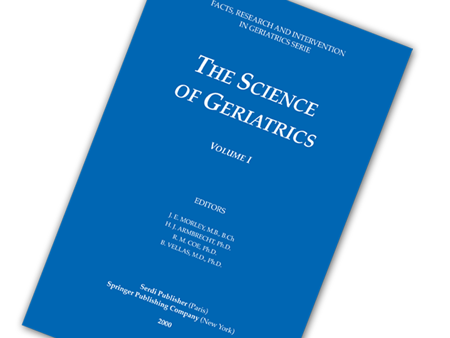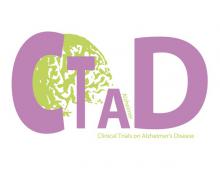Recent increases in life expectancy may greatly expand future Alzheimer’s Disease (AD) burdens. China’s demographic profile, aging workforce and predicted increasing burden of AD-related care make its economy vulnerable to AD impacts. Previous economic estimates of AD predominantly focus on health system burdens and omit wider whole-economy effects, potentially underestimating the full economic benefit of effective treatment.
AD-related prevalence, morbidity and mortality for 2011-2050 were simulated and were, together with associated caregiver time and costs, imposed on a dynamic Computable General Equilibrium model of the Chinese economy. Both economic and non-economic outcomes were analyzed. (EBioMedicine. 2015 Dec 22;4:184-90. )
Simulated Chinese AD prevalence quadrupled during 2011-50 from 6-28 million. The cumulative discounted value of eliminating AD equates to China’s 2012 GDP (US$8 trillion), and the annual predicted real value approaches US AD cost-of- illness (COI) estimates, exceeding US$1 trillion by 2050 (2011-prices).
Lost labor contributes 62% of macroeconomic impacts. Only 10% derives from informal care, challenging previous COI-estimates of 56%.
Health and macroeconomic models predict an unfolding 2011-2050 Chinese AD epidemic with serious macroeconomic consequences. Significant investment in research and development (medical and non-medical) is warranted and international researchers and national authorities should therefore target development of effective AD treatment and prevention strategies.



